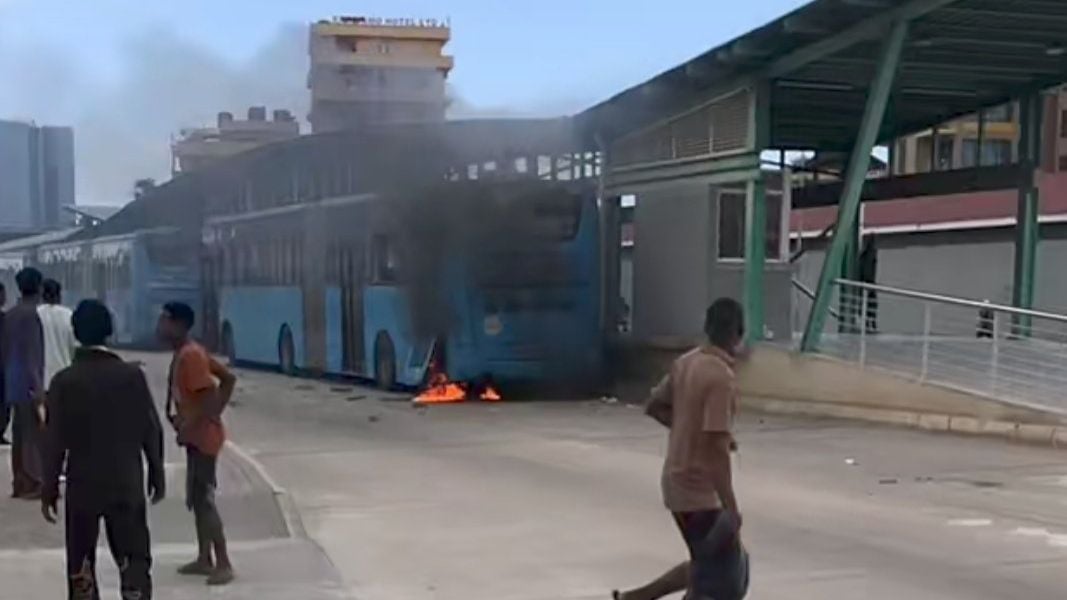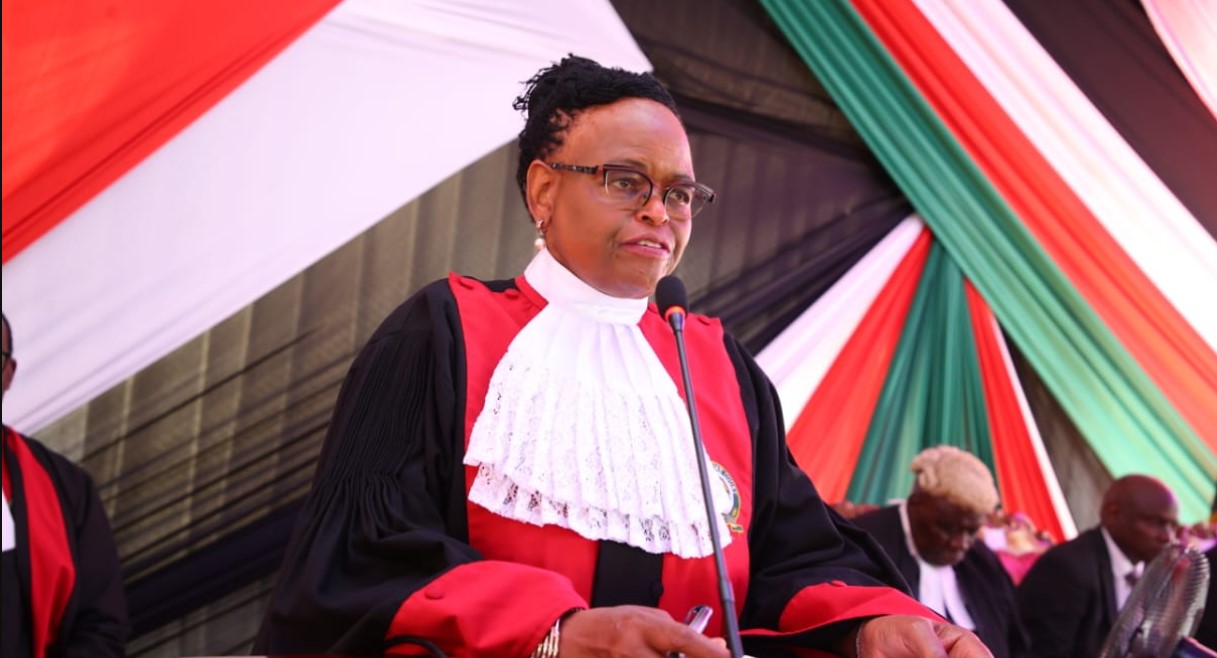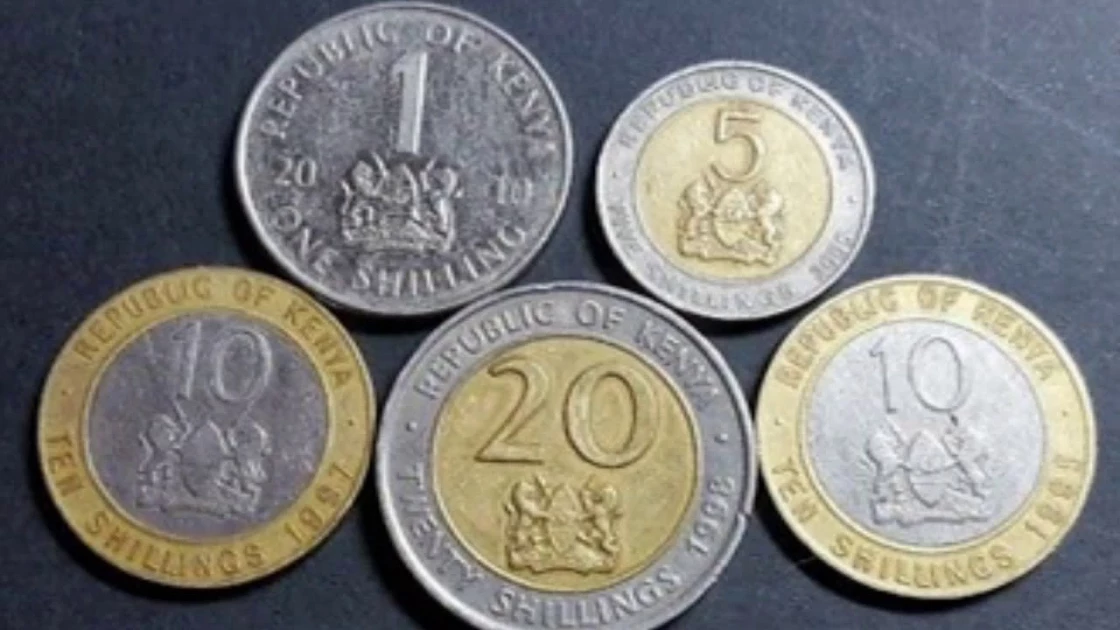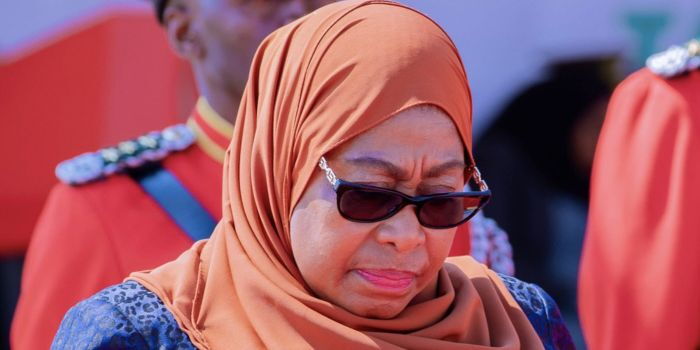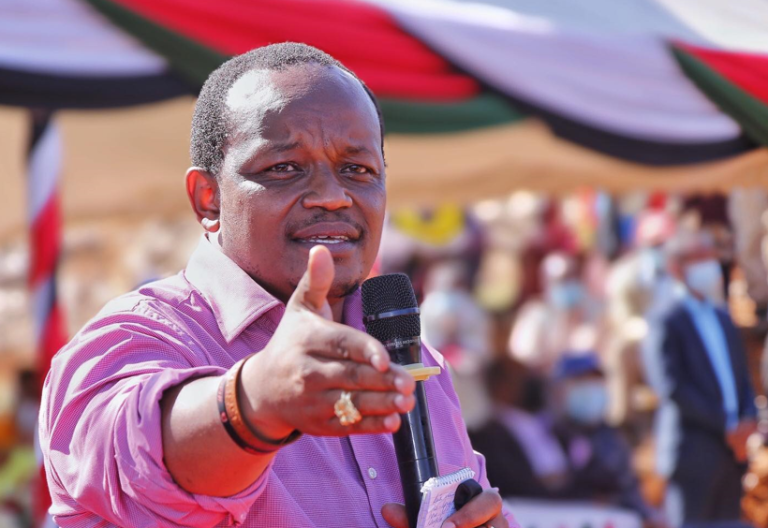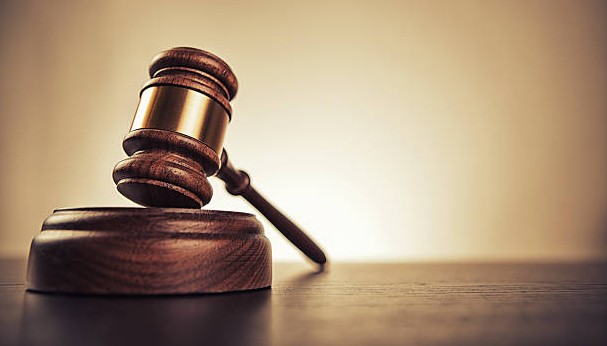
In a fierce showdown between the executive and the judiciary, the High Court’s ruling that prohibits the erection of barricades and roadblocks during protests in Nairobi’s Central Business District (CBD) has drawn sharp condemnation from President William Ruto, yet the court remains unwavering.
The ruling, issued last Thursday via a conservatory order, bars Inspector General of Police Douglas Kanja and his officers from implementing barricades, barbed wire, or sudden roadblocks unless issued with prior public notice—a stance grounded in Articles 37 (freedom of assembly) and 39 (freedom of movement) of the Constitution. The Katiba Institute secured the order, challenging opaque police tactics deployed during protests.
Judiciary Refuses to Back Down
The day after Ruto branded the court’s intervention as “unfair” and “misplaced,” the Judiciary publicly responded, clarifying that the order strictly enforces constitutional freedoms—not judicial overreach. A senior judicial spokesman emphasized that the ruling safeguards the public’s right to protest and circulate without arbitrary state interference.
Ruto: Security Tools under Threat
President Ruto, speaking at a police housing ceremony, argued that limiting barricades, tear gas, and water cannons endangers ordinary citizens and impairs law enforcement’s duty to curb violence. “How can anyone say police cannot protect lives and property?” he challenged—pointing out that the petitioners enjoy personal security while neglecting everyday Kenyans.
He warned that the ruling “protects chaos” by hampering rapid response to violent protest tactics, which have previously disrupted businesses and endangered officers.

Constitutional Clash and Civic Stakes
Legal experts warn that the row could set a dangerous precedent—either reinforcing constitutional safeguards or empowering executives to override public rights in the name of security.
Civil liberties advocates, however, interpret the court’s action as a necessary stride toward transparency. They argue that peaceful assembly and predictable governance must coexist with security imperatives.
What’s Next
With the court’s directive still in place and the case scheduled for further hearing, the spotlight shifts to future protests. Will police risk defying the court? Or will the executive accept limited constraints on crowd-control measures?
As the standoff continues, one thing is clear: the balance between law enforcement authority and citizen freedoms is under national scrutiny. Kenya is watching—and so is the world.


